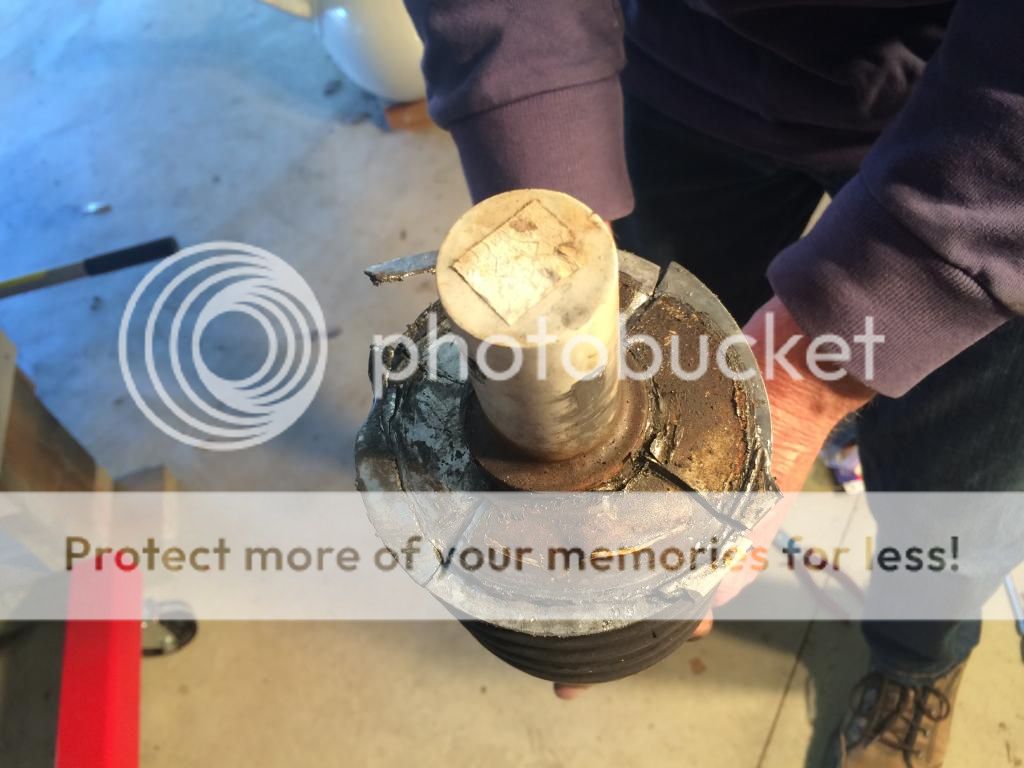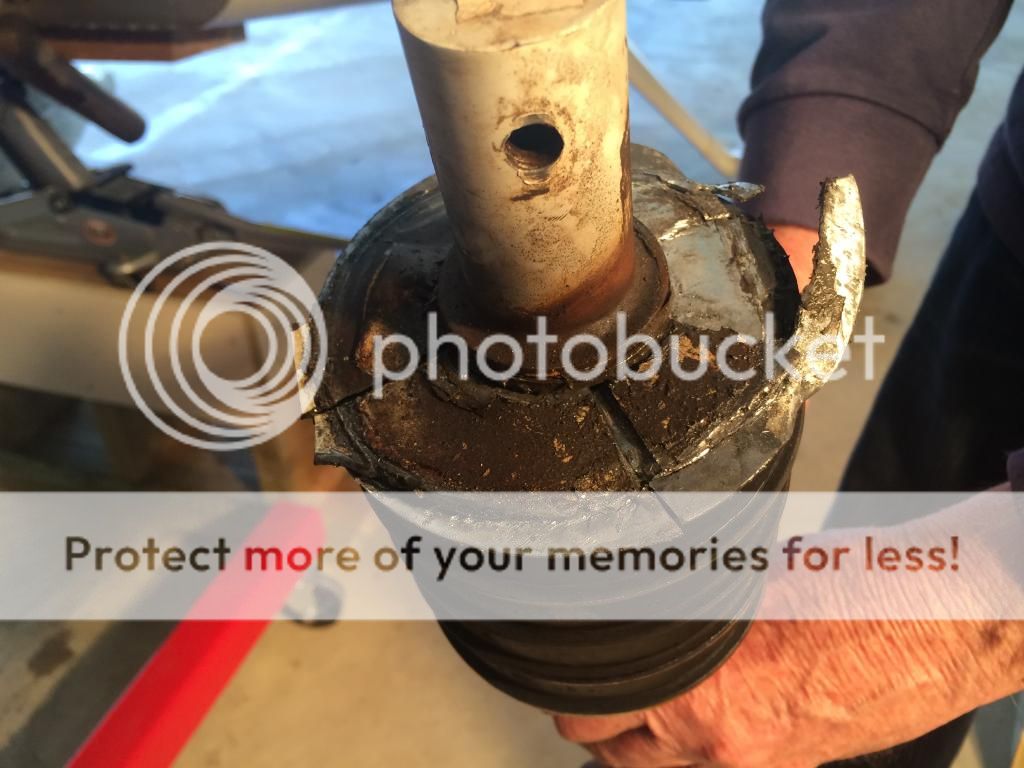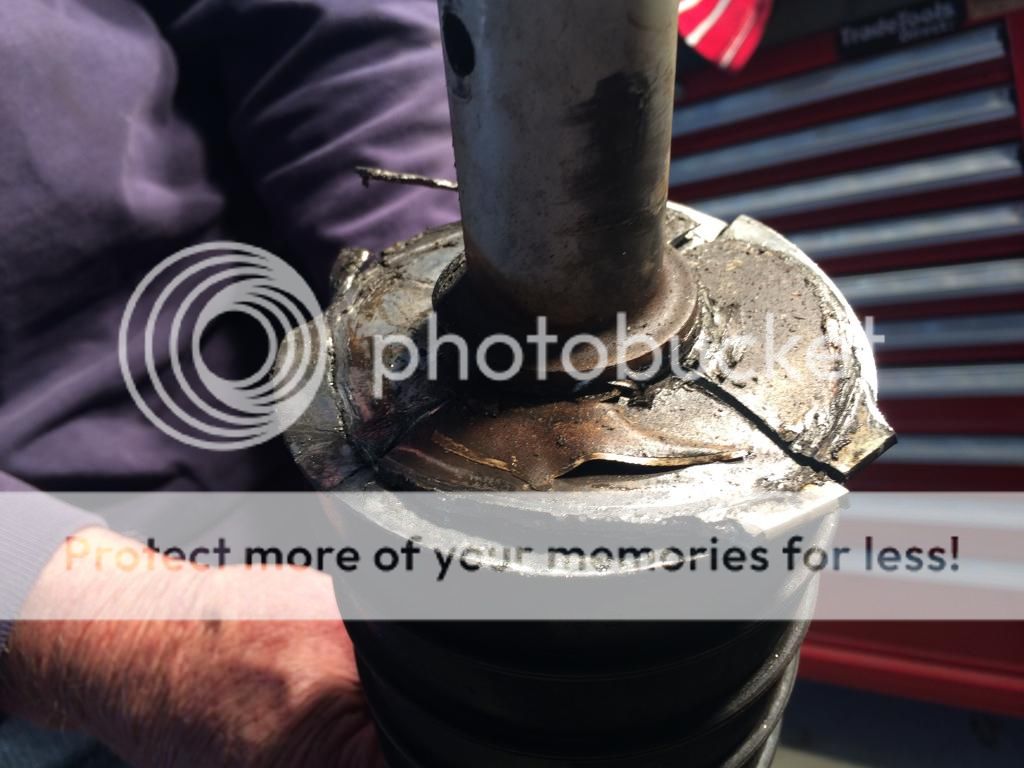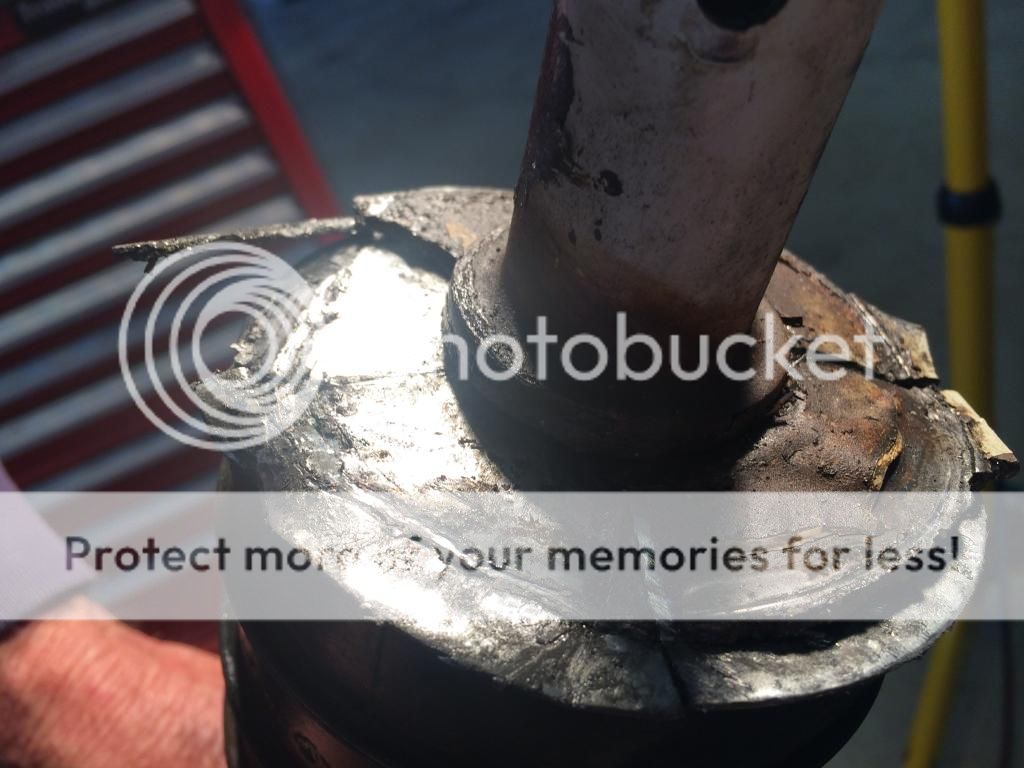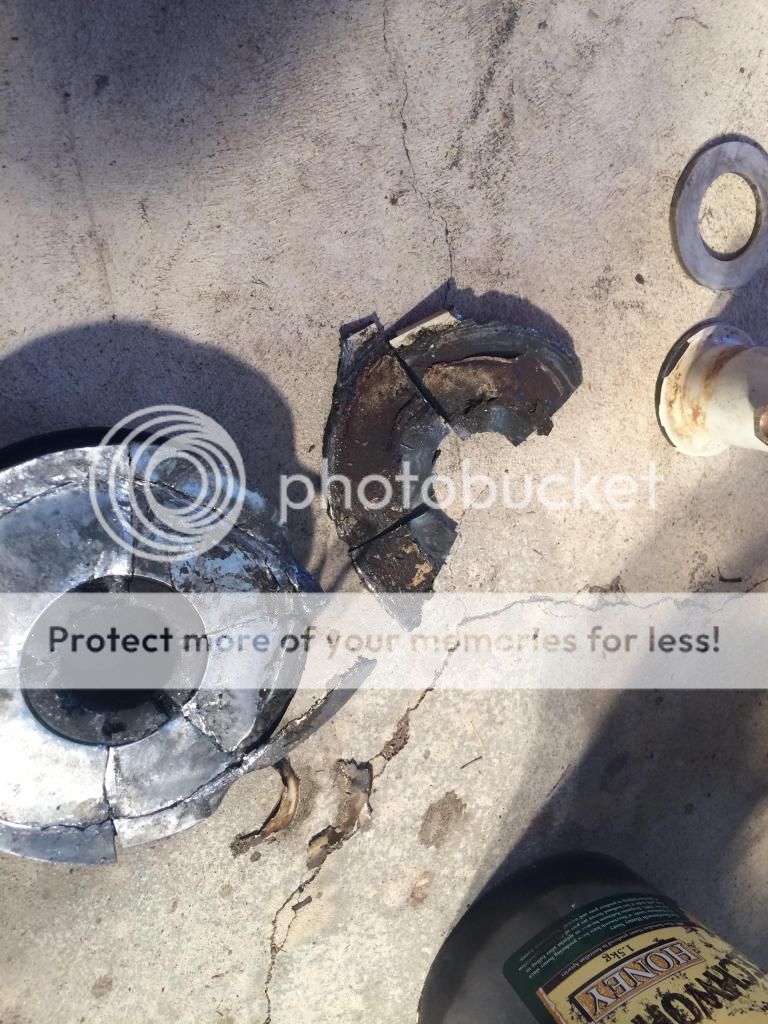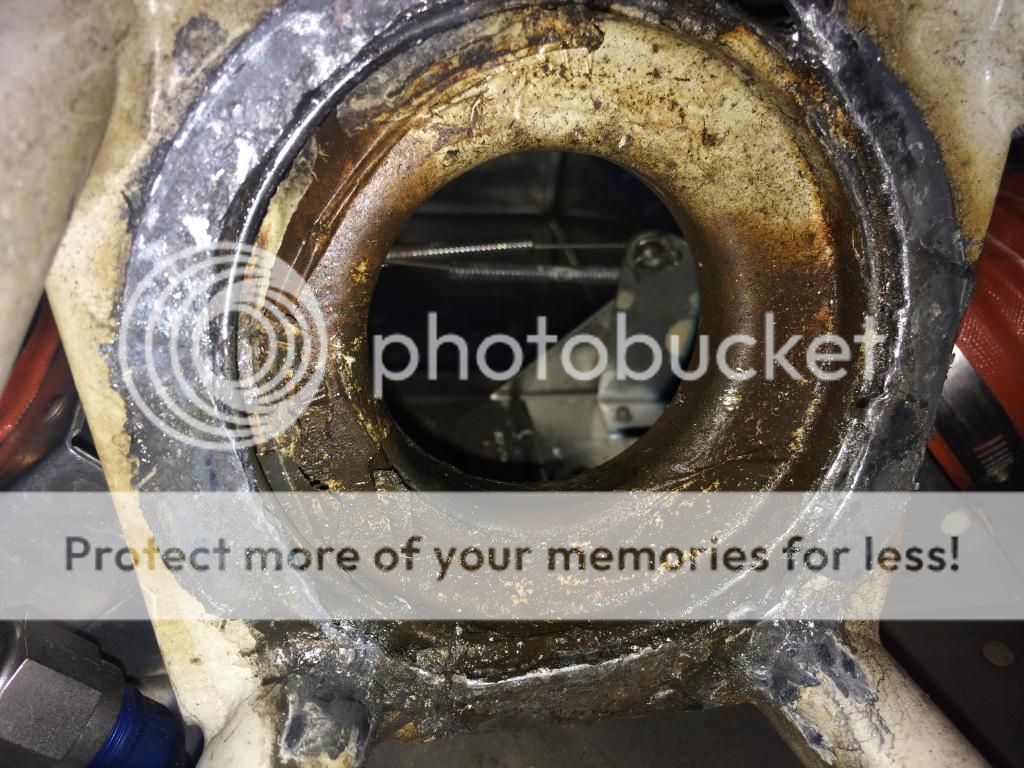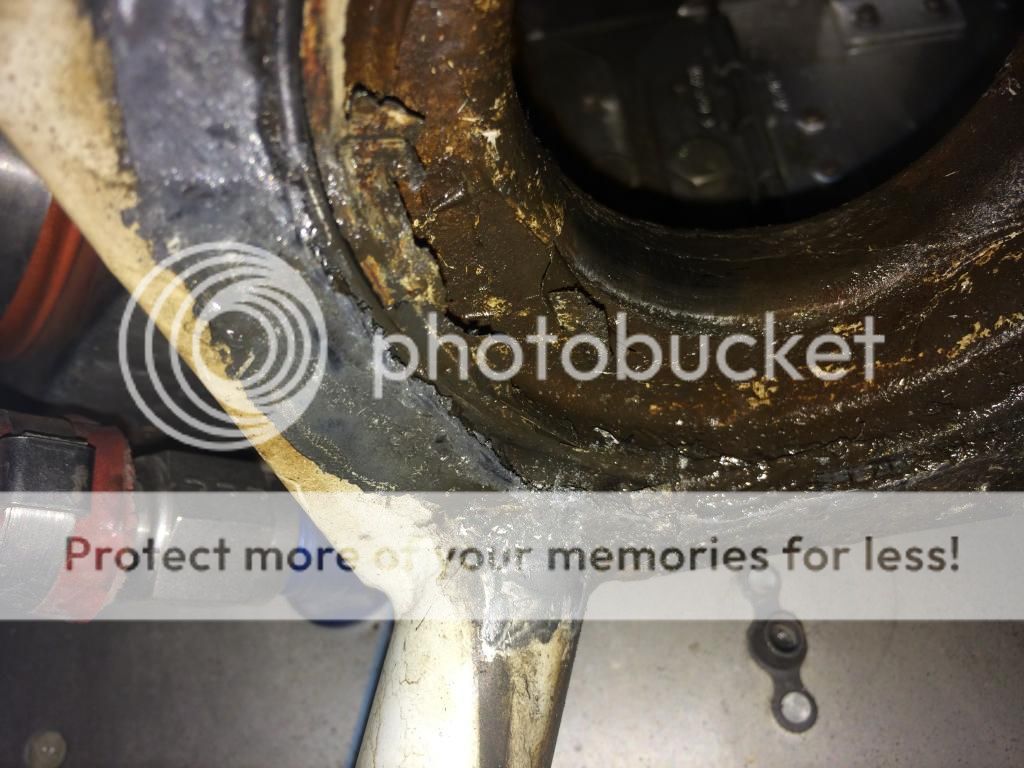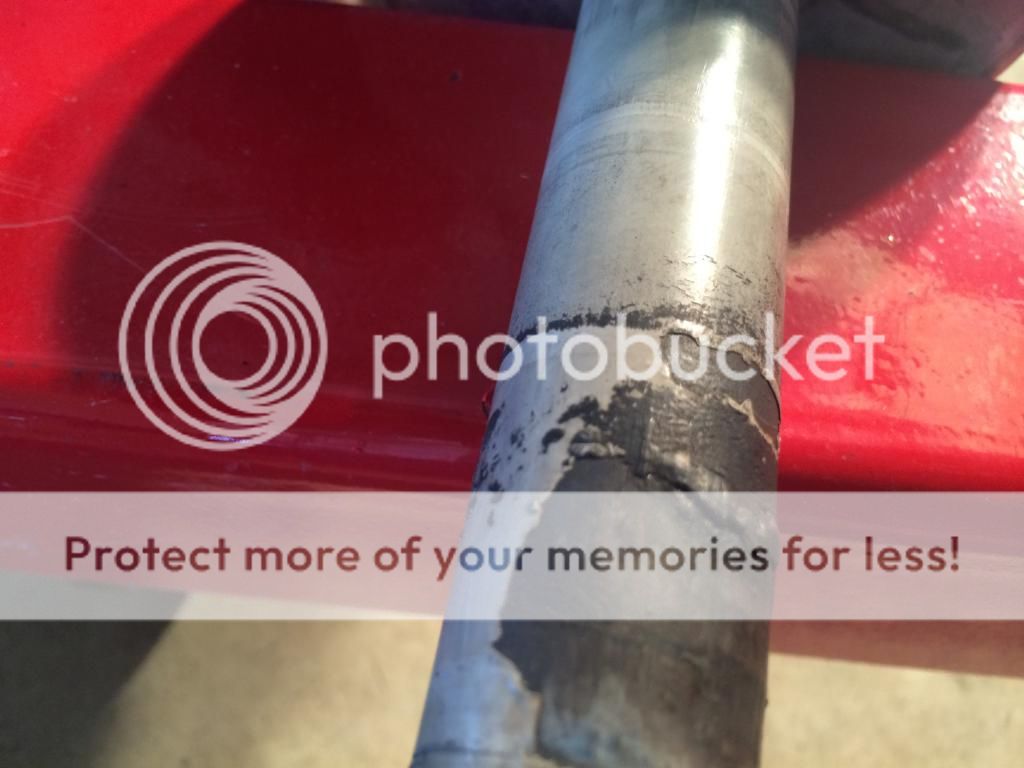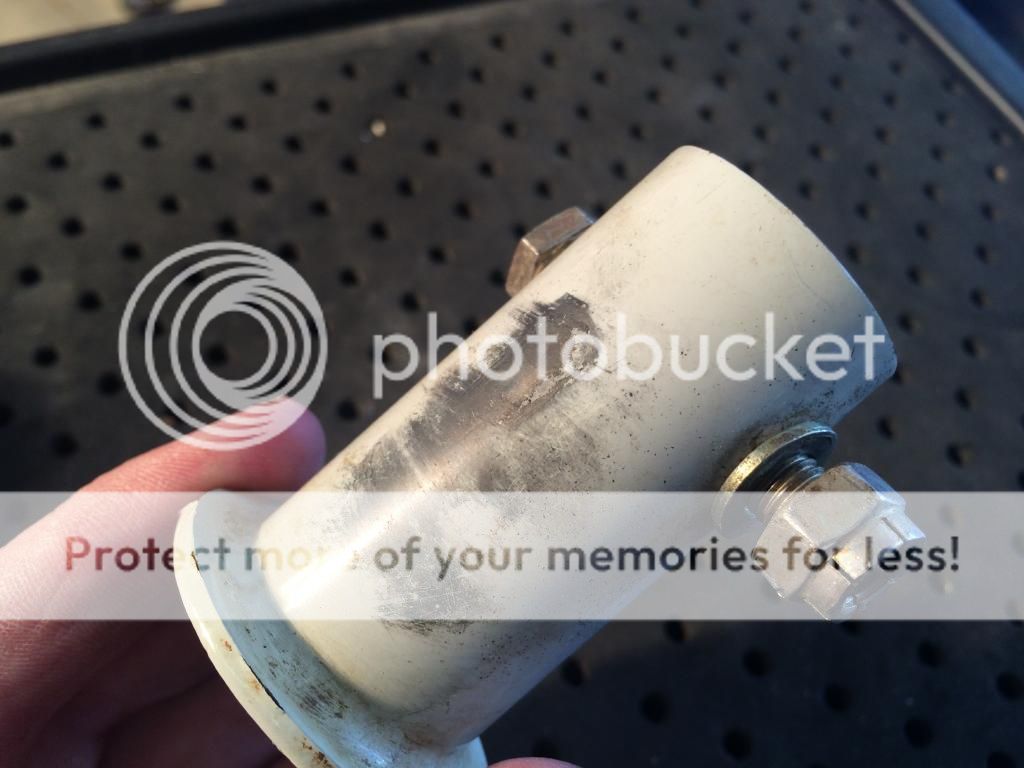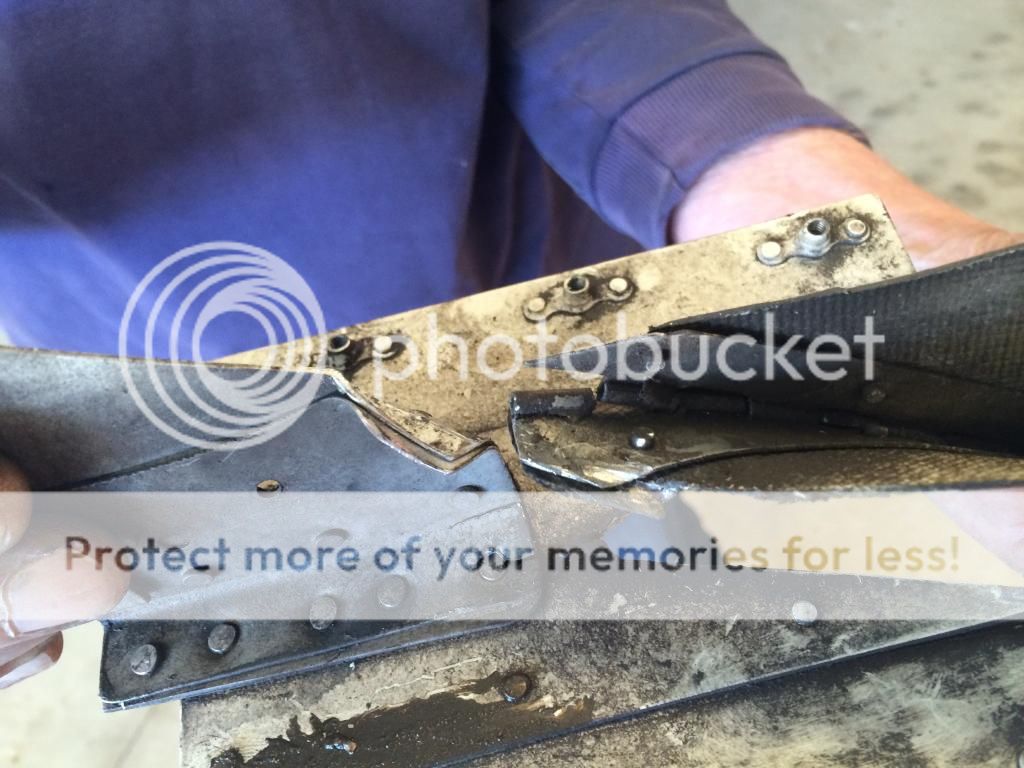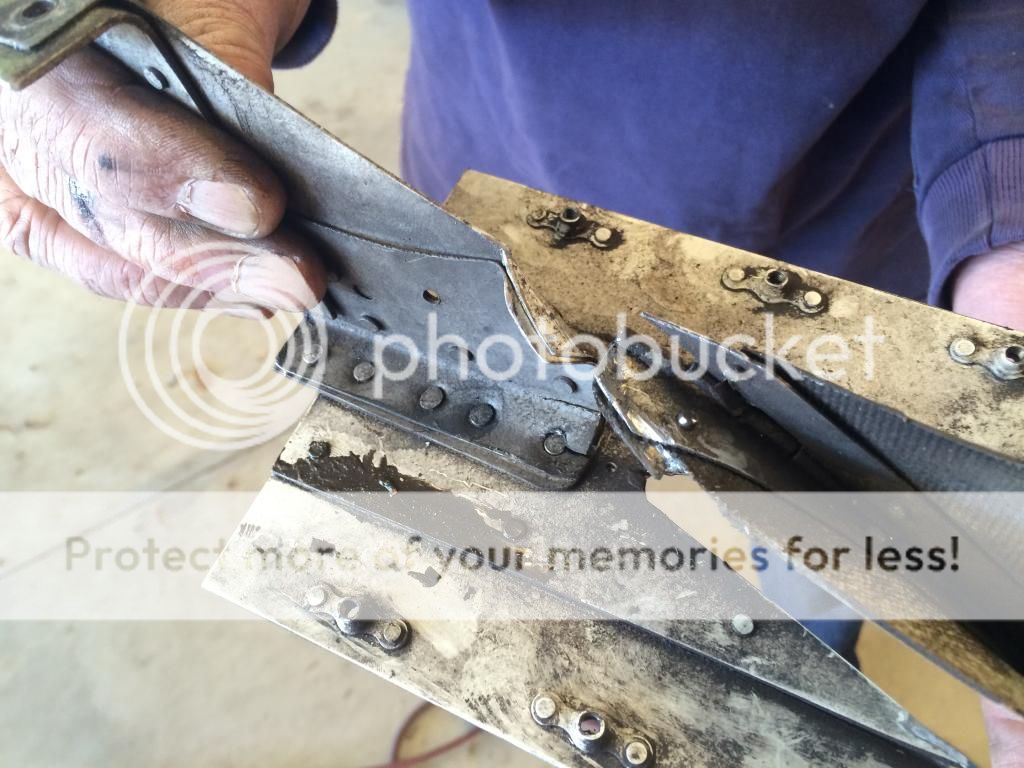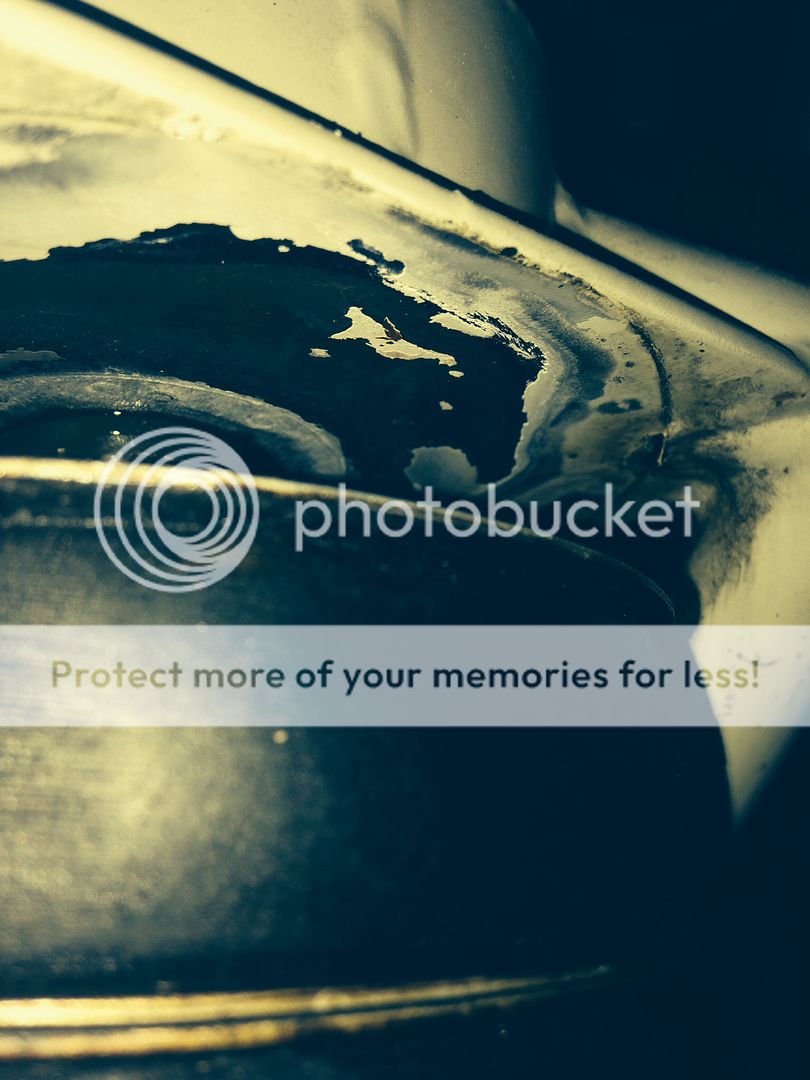douglassmt
Well Known Member
Yup
Rob, those are remarkable stories. Of course, at only 600 hrs I haven't had as many stories (and I don't know anybody with a CJ or G3 Cirrus ), but I've flown it enough to know that the RV-10 is indeed incredibly reliable, safe, and trouble free. And did I mention really fun to fly? Or that it's fun to watch the eyebrows go up on the guys with certificated airplanes when you tell them about the RV-10 performance? Or EVEN BETTER YET, when I show them what my AFS instrument panel can do? I better not, or pretty soon everybody will want one
), but I've flown it enough to know that the RV-10 is indeed incredibly reliable, safe, and trouble free. And did I mention really fun to fly? Or that it's fun to watch the eyebrows go up on the guys with certificated airplanes when you tell them about the RV-10 performance? Or EVEN BETTER YET, when I show them what my AFS instrument panel can do? I better not, or pretty soon everybody will want one 
I now have over 1000 hours on my RV-10, most of it flying off of a grass runway. It is a remarkable airplane and has proven to be EXTREMELY reliable, safe and trouble free. We routinely fly it between Portland and Sunriver Oregon across the Cascades with 4 people and two dogs. We will leave Sunriver (4163' Elev) in the afternoon at 90F at gross weight and it will still climb at over 800 Ft/min. About a month ago we landed following a Citation X at Sunriver and I swear we had more baggage + dogs in the plane.
I have a friend that owns a Cirrus G3 Turbo that I frequently pick up when he drops it off for service. He routinely spends more money on a single service visit than I have spent on total maintenance in the 1000 hours.
Rob Hickman
N402RH RV-10
Rob, those are remarkable stories. Of course, at only 600 hrs I haven't had as many stories (and I don't know anybody with a CJ or G3 Cirrus
Last edited:



